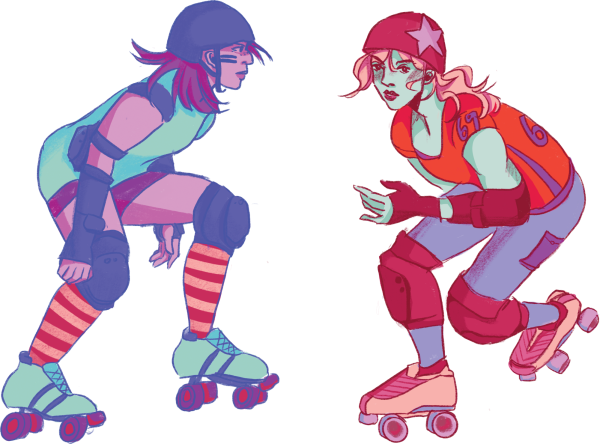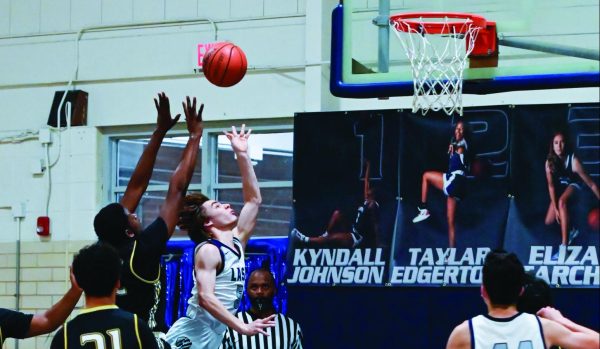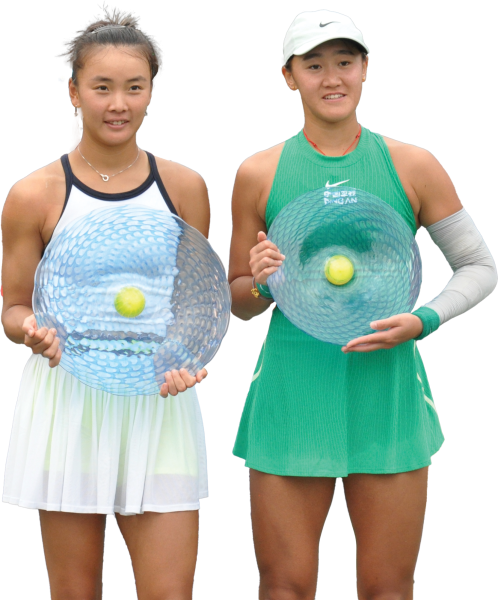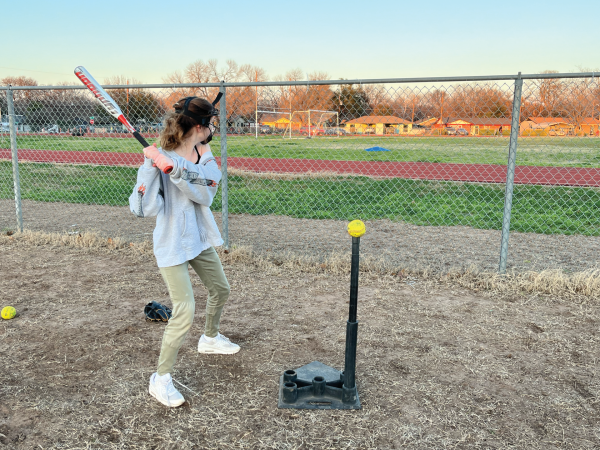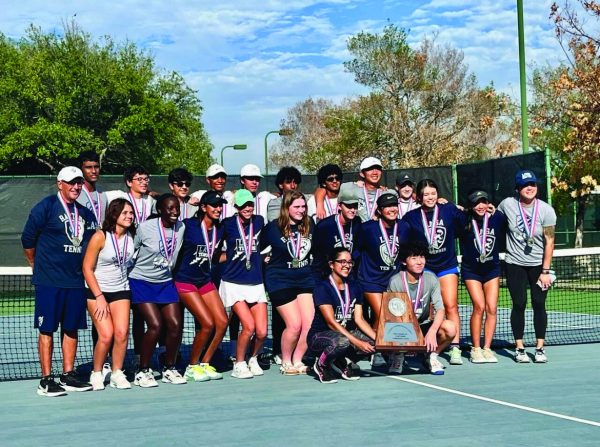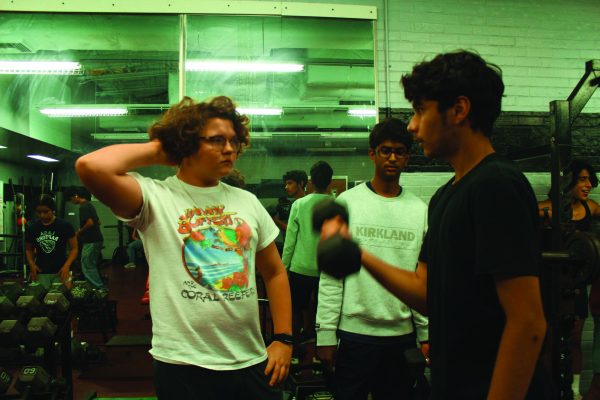Spotlight On JV Athletics
April 14, 2021
Historically, junior varsity (JV) athletics have been seen as less significant than varsity programs. However, this outlook fails to recognize the highly valuable role of junior varsity athletics: to provide a place for athletes to adjust to competitive high school sports and build foundational skills at a level that meets their needs and skill sets.
Junior Corvina Williams plays varsity volleyball and JV tennis. According to Williams, JV not only has less pressure but also gives players the freedom to get more comfortable playing and to figure out the goals they want to accomplish throsportughout their years in high school athletics.
“There’s less pressure put on you, and you also have more freedom to figure out how to play, how you want to play, what fits you,” Williams said. “When you’re in varsity, they pick you for certain skill sets, but on JV, you have more freedom.”
According to Williams, the experience of being on JV versus varsity varies depending on the sport and the team dynamic. In her case, volleyball is a team sport where you develop as a group with your teammates, but tennis is more of an individual sport where you are able to grow at your own pace. This sense of individuality is something that Williams values about JV and aligns well with the structure of tennis.
“For volleyball, I definitely enjoy varsity much more because that’s where the people I’ve played with for the past three years are,” said Williams. “Those are my teammates, they are who I communicate best with, we have that understanding. Tennis is more of an individual sport. For tennis, it just is what you’re comfortable with, what you’re okay with. It’s your own starting point, for which my starting point is JV, and my ending point is varsity.”
Freshman Lana Giles started out this year’s volleyball season on JV but moved up to varsity halfway through. She said that JV was a great place for her to adjust to the world of high school sports before making the transition into playing on varsity.
“I definitely was so nervous playing for varsity and being able to play on JV first, having that as a stepping-off point, was such a good experience because I was able to get a sense of how everything worked,” Giles said. “At first, you don’t really know what’s going on, you’re still getting used to everything. It’s definitely easier to transition to varsity after playing on JV.”
JV also provides a setting without the pressure of performing well on varsity, where there is an expectation of playing more experienced teams and of performing at a higher standard. According to Giles, while JV doesn’t have the same pressure, you still have to try your best and contribute as a part of the team.
“You put more stress on yourself [because] you have to play to a higher level,” Giles said. “On JV, it’s more relaxed in terms of who you have to play for — but you still have to play, you have to be dedicated to the team, and you still have to play the best you can every day.”
According to Giles, JV and varsity volleyball have a strong connection because the two teams practice and grow together. She also believes that the age gap between JV and varsity players, as well as the gap in experience and skill in the particular sport, positions varsity players as role models.
“I know freshman players and JV players look up to senior varsity players for sure, and the girls on varsity have to be role models — they have to be the best during practice and do the best they can and be good role models to the other girls,” Giles said.
Similarly, freshman and JV soccer player Sofia Castano said that the girls on varsity and the girls on JV have a good connection, which inspires the JV players. Despite the age gap, according to Castano, this connection can help JV players transition into varsity positions in the future.
“Most of the varsity players are older, and I’m pretty sure the JV team is composed of like 85% freshmen,” Castano said. “But honestly, the older girls are really kind, and they make an effort to talk to you and get to know you. I definitely have more friends that are freshmen, but I’m not scared to talk to the older girls just because of their age.”
Castano said JV is a good step to take before varsity. She said there is less pressure while you get used to playing, and the experience gives you the time to grow and make mistakes.
“It is definitely more relaxed I think, there’s not as much pressure to perform,” Castano said. “If you have a bad day, it’s okay, everybody makes mistakes. The same goes for varsity as well — however, there’s not quite as much pressure.”
Playing on the JV soccer team has given Castano the motivation to play for the varsity team in the future. According to her, varsity comes with pressure that she wasn’t quite ready to handle, but playing on JV has let her adjust and get ready for playing on varsity in the future.
“There is more pressure because they’re playing against higher-level teams, and I definitely get pressured very easily, so it’s kind of nice being on JV because I can just really have fun with my friends. And then next year, I’m hoping to make varsity,” Castano said.
While Castano believes that JV is a necessary step, she hopes to make varsity next year in order to further develop her game and skills. She looks up to the varsity players because they embody a skill set and a playing frame that she aims for.
“I like how varsity is competitive,” Castano said. “I really enjoy passing and doing a lot of pattern play, and I really admire how varsity does that a lot. Varsity has lots of skill work, and I think that’s going to be really exciting whenever I do get to be a part of that team. I think that will be a really good opportunity to improve my skills.”


